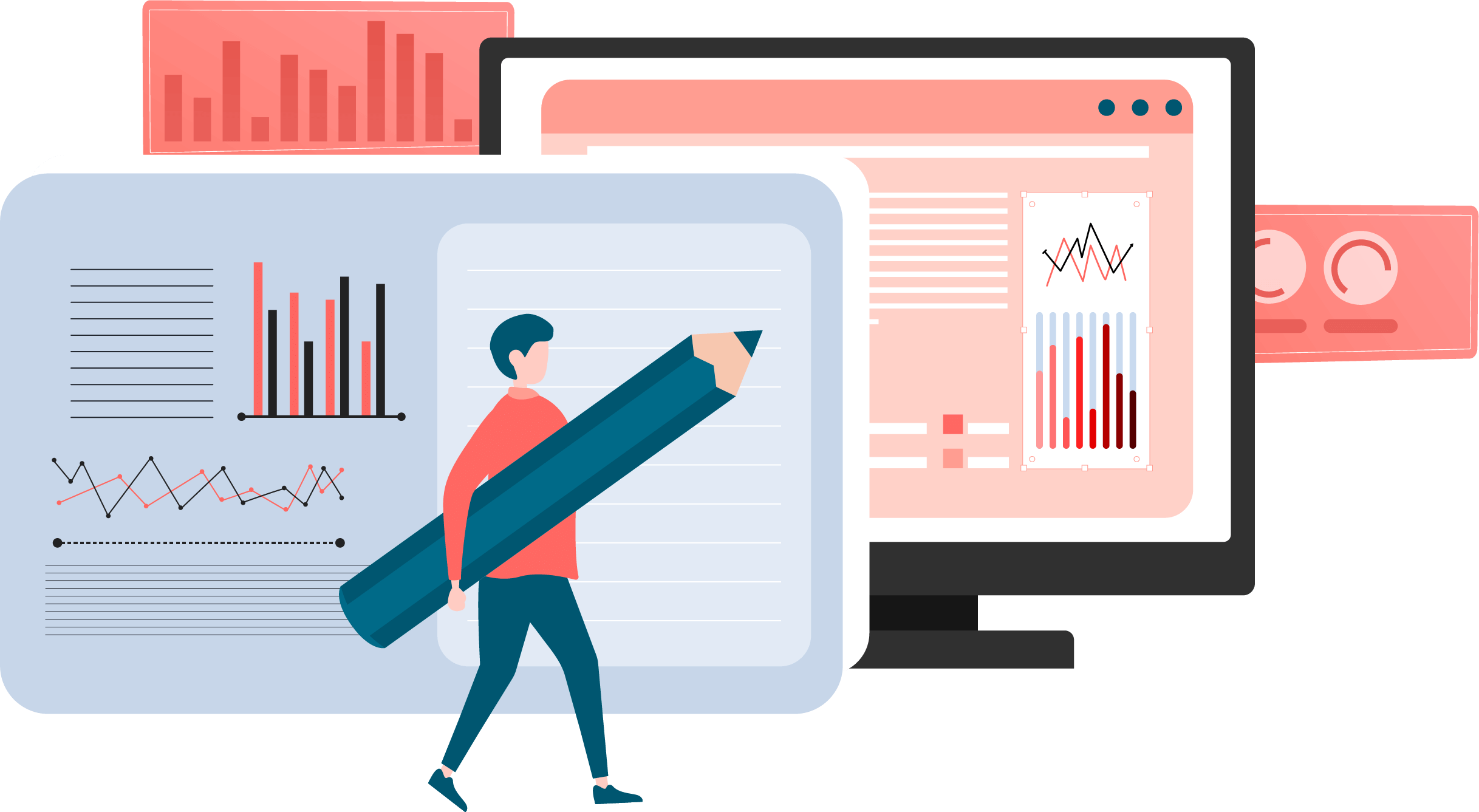Blog
Explore WhereScape’s insightful blogs to stay ahead in data automation and analytics.

From Words to Action
Blogs tell the story but seeing is believing. Turn your research into action today: discover exactly how WhereScape delivers the clarity you need to supercharge your data projects.
